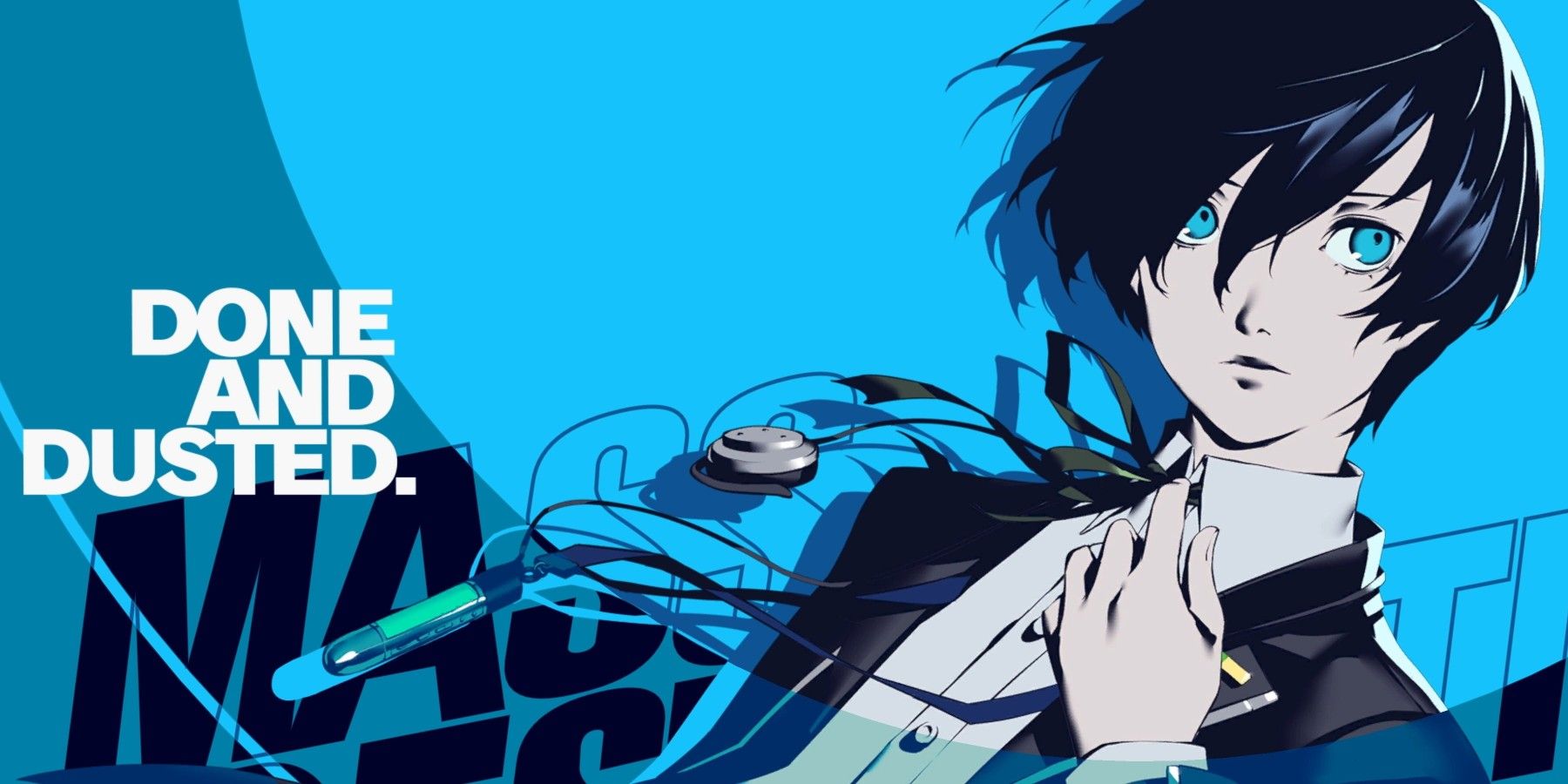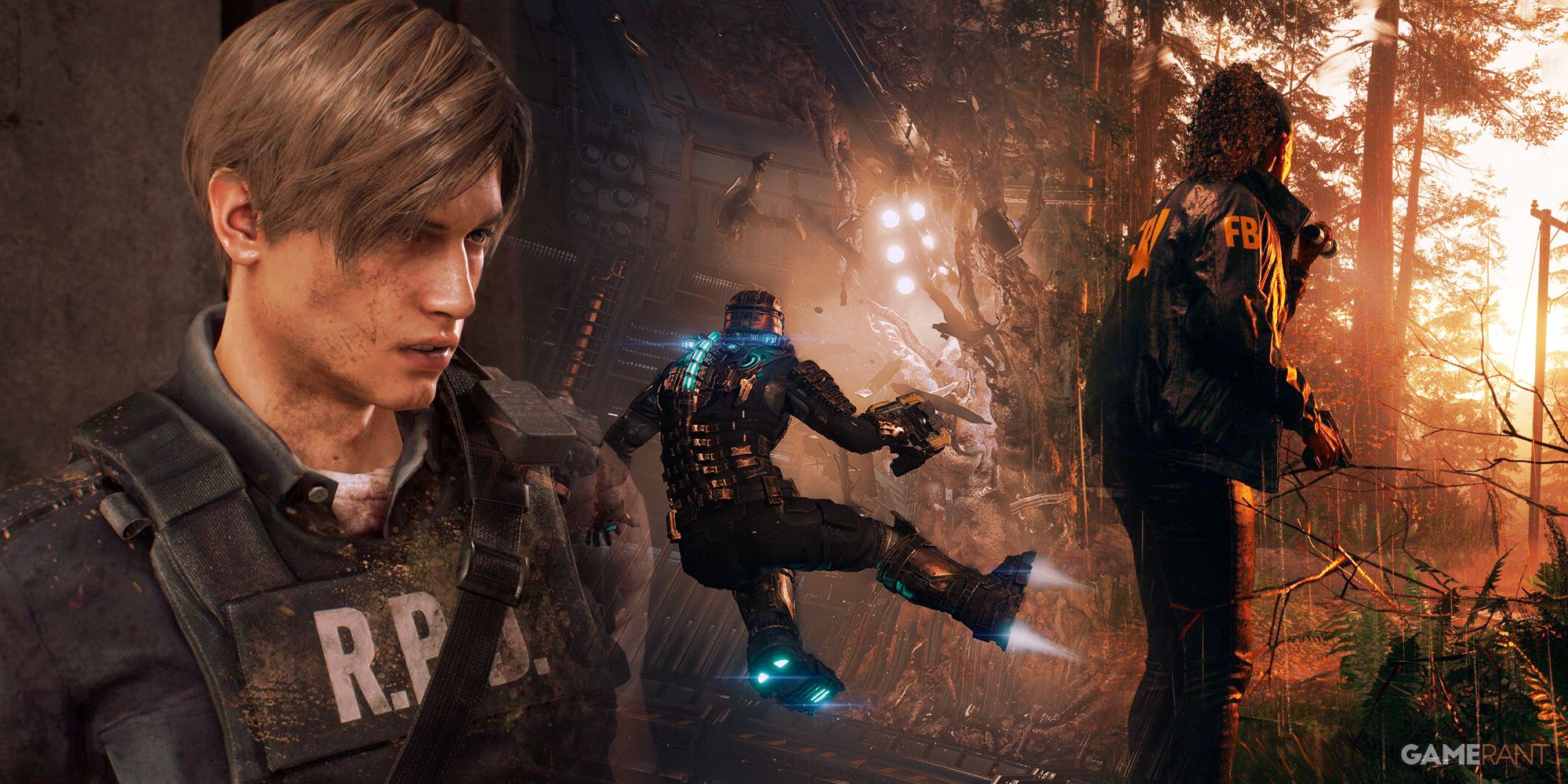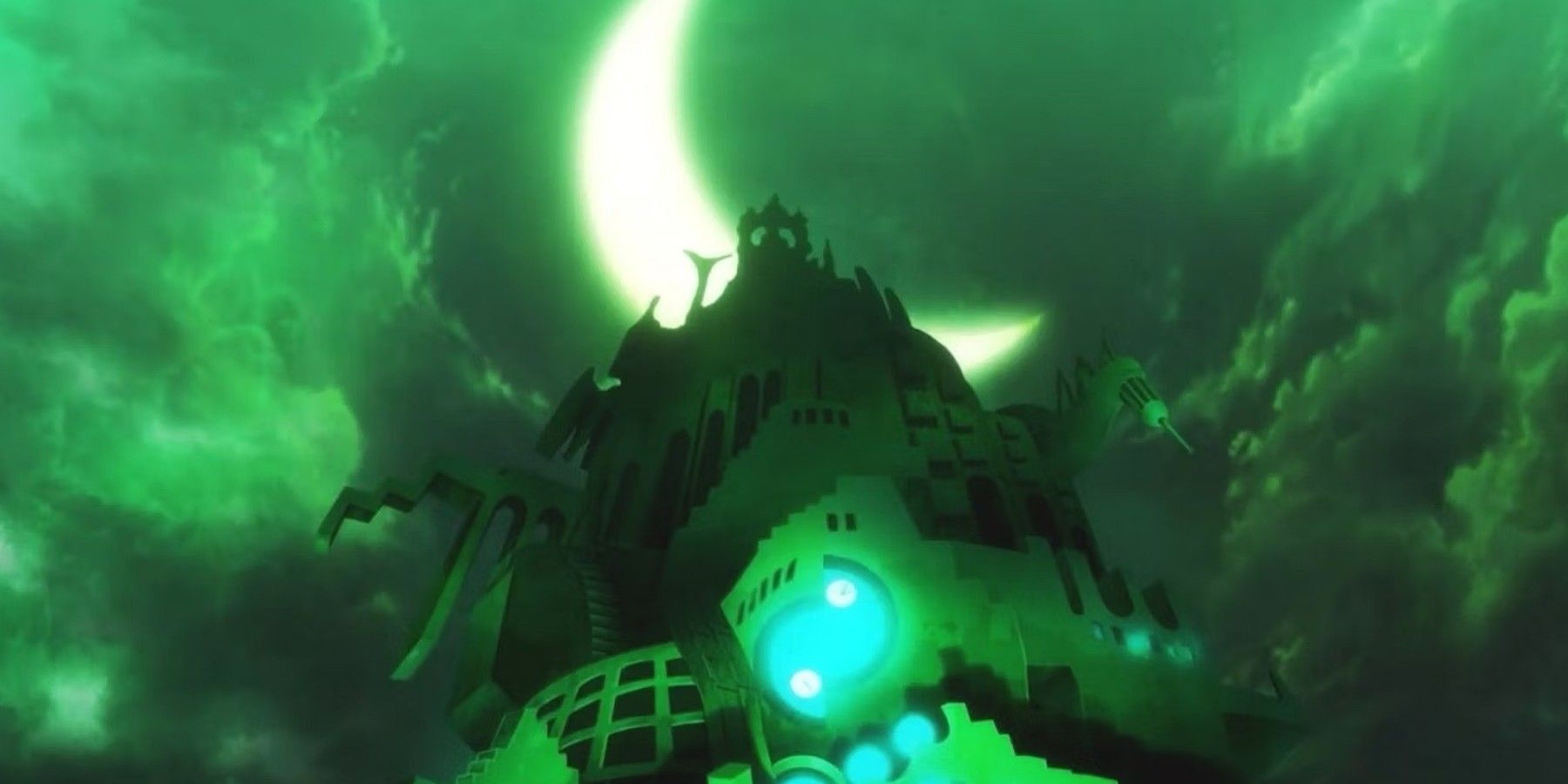SPOILERS AHEAD for Persona 3 Reload
Highlights
- Persona 3 Reload introduces distinctive themes to Tartarus, fixing the lack of visual distinction between floors and adding depth to the game's central dungeon.
- In Greek mythology, Tartarus is the deepest part of the underworld, where the Titans and mortal souls suffer eternal punishment.
- Tartarus serves as a metaphor for the protagonists' view of their lives in school and connects to the game's exploration of relatable struggles.
One of the most exciting things about Persona 3 Reload's reimagining of its source material is getting to see the new forms taken on by the game's central dungeon, Tartarus. The original version of Tartarus arguably suffered from repetition due to a lack of visual distinction between floors and being the game's one and only central dungeon, but Persona 3 Reload fixes this issue by giving a distinctive theme to each set of floors in the massive complex. And, just like Persona 4's TV World and Persona 5's many Palaces, Tartarus is a thematically relevant location within Persona 3's narrative.
Unlike its two successors in the Persona series, Persona 3 Reload features just one main location that players return to time and again as the game's RPG-style dungeon. If the name Tartarus sounds familiar to players (especially those that have experienced the initial trilogy of God of War games), that's because it has origins in Greek mythology. Nearly every naming convention in the Persona series is intentional, and the naming of the game's central dungeon as Tartarus is important, given the location's meaning and place in Greek mythology.

Every Tartarus Change Confirmed for Persona 3 Reload So Far
Persona 3 Reload overhauls its main dungeon, Tartarus, with massive additions and changes that span navigation, combat, dialogue, and loot.
The Mythological Background of Persona 3 Reload's Tartarus
Sometimes referred to as "the prison at the bottom of the universe" or the place "at the bottom of the known world", Tartarus is the location in Greek mythology commonly understood to be the deepest part of the underworld. As the counterpart to Elysium (a place of eternal paradise), Tartarus is the location where lost and wayward souls end up, serving out an eternity of punishment within a giant world-sized prison. In some mythological texts, Tartarus is an actual being that personifies these aspects of punishment and damnation, acting as the Titanic counterpart to the personification of Earth itself, Gaea.
Perhaps most importantly, though, Tartarus is the prison in which the Titans are forced to serve out their eternal punishment for their tyranny over the gods of Mount Olympus. Following their defeat at the hands of Zeus and the other Olympians, the Titans were cast down into Tartarus. Essentially, Tartarus is a prison reserved for only the most wicked beings in Greek mythology.
Connecting Tartarus' Mythological Origins to its Relevance in Persona 3 Reload
Rather than split up the game's dungeons into multiple separate locations, all of Persona 3 Reload's classic RPG dungeon-crawling takes place within Tartarus. During the Dark Hour, the secret window in which the lines between reality and dreams are blurred, Persona 3Reload's protagonists witness their school transform into a massive dungeon crawling with Shadows. That Gekkoukan High transforms into Tartarus is a cleverly utilized metaphor for how the protagonists might view their lives in school, equating their time in the real world to life in the mythological place of punishment.
This kind of metaphorical complexity establishes once again that the Persona series is rife with allegorical references drawing from relevant real-world subjects, which is fitting given how the series typically doesn't shy away from addressing the very relatable struggles that many players might be personally dealing with. Everything in Persona 3 Reload is intentional, right down to the naming of its main dungeon and the connections it shares with the game's fellow Greek mythological figure Nyx.




